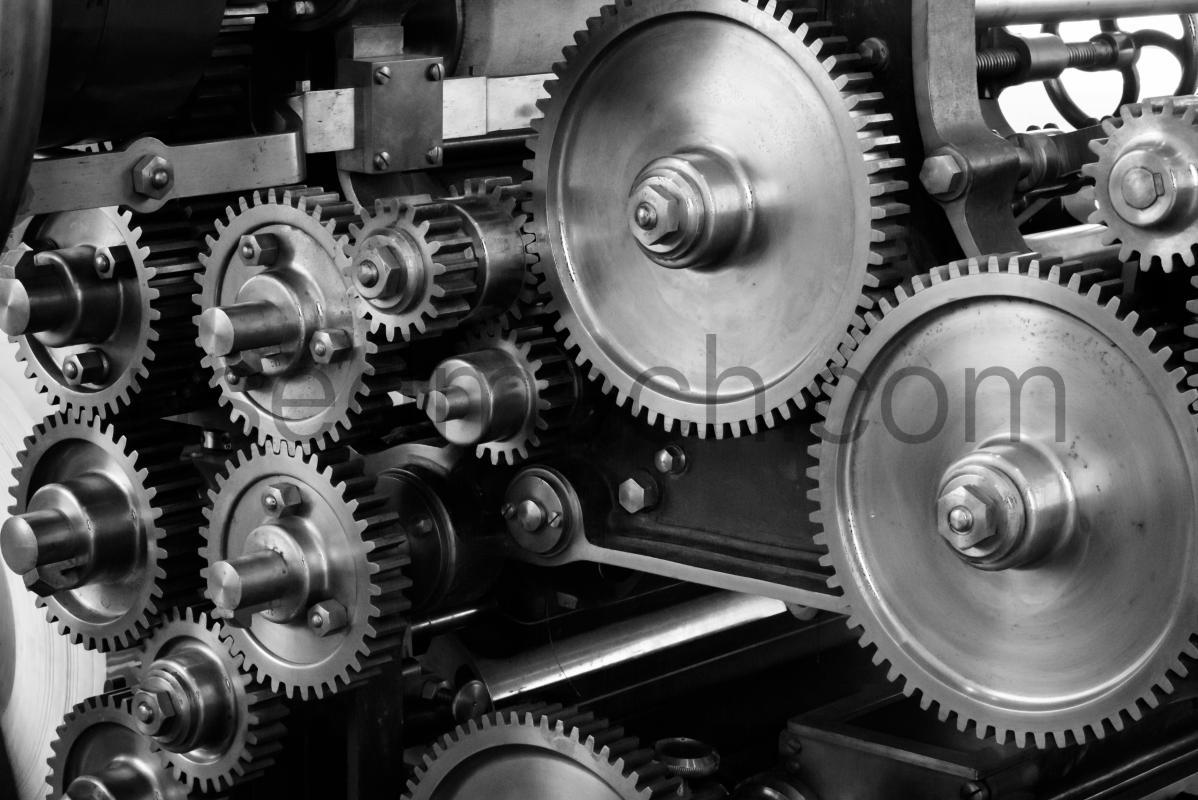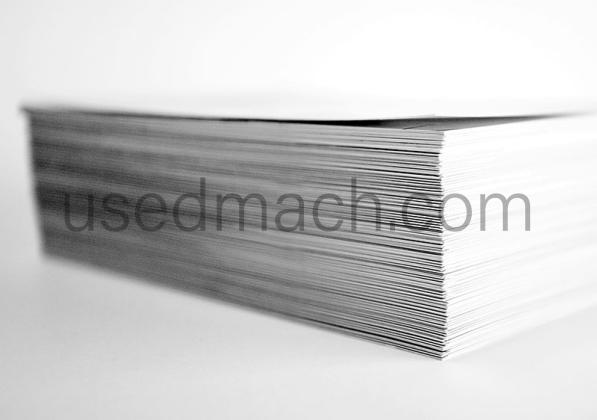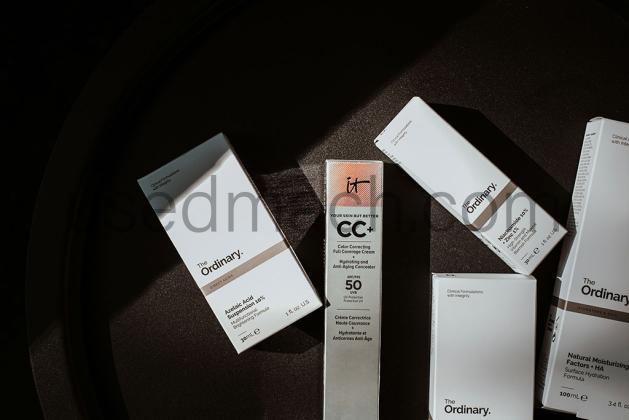The invention and development of printing presses play an important role in the spread of human civilization and culture.
In 1439, Gutenberg of Germany made a wooden relief printing press. Although this vertical spiral hand-operated printing press has a simple structure, it has been used for 300 years; in 1812, Koenig of Germany made the first round flat plate relief printing press; in 1847, Hoy of the United States invented the rotary printing press; in 1900, a six-color rotary printing press was made; in 1904, Rubell of the United States invented the offset printing press.
Before the 1950s, traditional relief printing technology dominated the printing industry, and the development of printing presses was also dominated by relief printing presses. However, the lead alloy relief printing process has the disadvantages of high labor intensity, long production cycle and environmental pollution. Since the 1960s, the lithographic offset printing process with the characteristics of short cycle and high productivity has begun to rise and develop, and lead alloy relief printing has gradually been replaced by lithographic offset printing. Soft relief printing, screen printing, electrostatic printing, inkjet printing, etc. have also been developed in packaging printing and advertising printing.
The world's printing machinery has made great progress since the 1980s. Over the past 20 years, the development of printing machinery has gone through three stages:
The first stage was from the early 1980s to the early 1990s, which was the heyday of the development of offset printing technology. The maximum printing speed of single-sheet offset printing presses during this period was 10,000 prints/hour. The pre-adjustment preparation time before printing for a four-color printing press is generally about 2 hours. The automatic control of the printing press is mainly concentrated on automatic paper binding, automatic paper collection, automatic cleaning, automatic detection of ink color and automatic adjustment of ink volume, and remote control of registration. In addition to single-color and two-color machines during this period, almost every single-sheet offset printing press manufacturer also has the ability to manufacture four-color machines, and most manufacturers can manufacture paper turning mechanisms for double-sided printing.
The second stage was from the early 1990s to the end of the 20th century. In the 1990s, the international printing machinery design and manufacturing level took a big step forward, marked by the single-sheet offset printing machine. Compared with the first-stage models, the speed of the new generation of models has been further improved, from 10,000 prints/hour to 15,000 prints/hour, and the pre-press adjustment time has been greatly shortened from about 2 hours in the first stage to about 15 minutes. The automation level and production efficiency of the machine have also been greatly improved.
Since the beginning of the 21st century, printing machinery has ushered in the third stage of development. Some models of single-sheet offset printing machines can reach 17,000-18,000 prints/hour, but manufacturers do not strive to increase the maximum printing speed of printing machines, but through the application of information technology, further shorten the pre-press preparation time and the time to change live parts to pursue higher production efficiency.
In terms of printing machinery automation, networking, production integration, digital workflow, and links with management information systems (MIS) have become the focus of development. In addition to presetting, regulating and diagnosing faults in every working link of the whole machine, including paper feeding, paper feeding and paper guiding, ink feeding, water feeding, plate changing, registration, cleaning, drying, glazing coating, powder spraying and paper collection, Heidelberg's CP2000 automatic control system also has the functions of realizing the networking of all production processes of printing enterprises and online transmission of prepress image processing data (CIP3/PPF or CIP4/JDF data). Entering the new century, most offset printing press manufacturers have developed corresponding DI digital printing presses.
In addition, in order to meet people's demand for high-quality color prints, multi-color group double-sided printing with 8 or even 10 color groups and additional online post-press processing functions have become the development trend of various types of sheet-fed offset printing presses (including small offset printing presses, DI direct platemaking machines and large offset printing presses), and the technology is becoming more and more mature. This type of printing press has begun to occupy part of the market that originally belonged to web printing presses.
The development history of printing machinery

- 10-20
Related blogs
Because the packaging of goods is closely related to people's lives, people have many requirements f...
It is not an exaggeration to call paper the "king of packaging materials". Paper is made from wood, ...
The packaging industry is a dynamic and vital sector that is constantly evolving to meet the needs o...
Meeting people's requirements for beauty is also one of the important purposes of packaging design, ...





